
The Use of SON Formula® During Health and Disease
• To avoid the overloading of cardiovascular functions.
• To avoid the overloading of gastrointestinal functions.
• To avoid the overloading of the renal function.
• To avoid the overloading of the hepatic function.
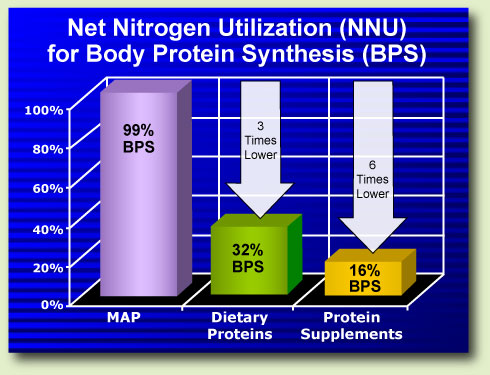
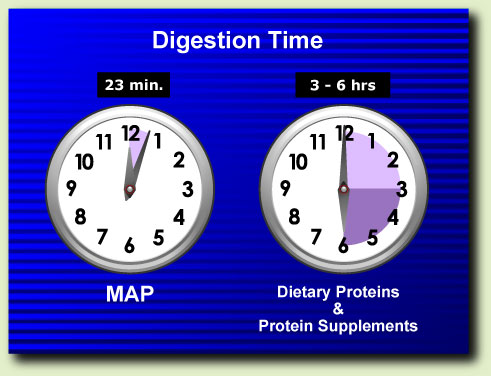
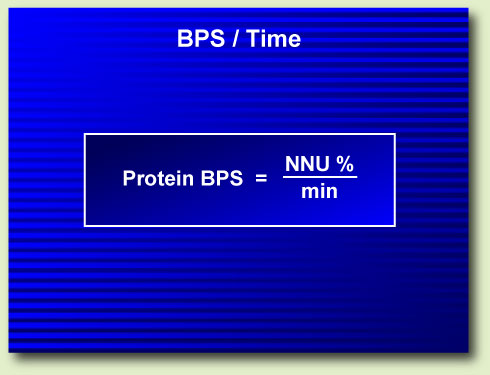
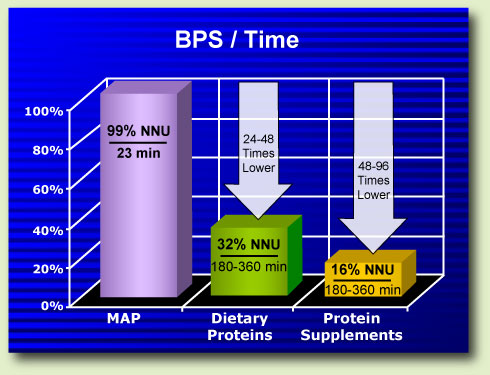
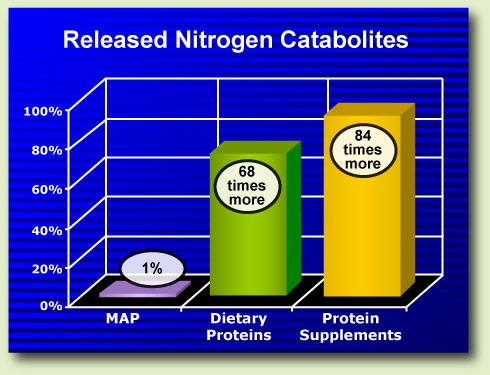
| 100% Sodium free. | Which may help to control sodium intake |
| 100% Fat free. | Which may help to control fat intake |
| 100% Sugar free. | Which may help to control sugar intake |
Therefore, the use of SON FORMULA®, due to its unique characteristics, is indicated in substitution of dietary proteins or protein supplements, during:
Alcoholism
To optimize BPS, while minimizing the release of Nitrogen Catabolites (NC); to prevent excessive water retention and to help to control calorie intake.
Anorexia
To optimize BPS, while minimizing the release of NC; to prevent excessive water retention and to help to control calorie intake.
Bulimia
To optimize BPS, while minimizing the release of NC; to prevent excessive water retention and to help to control calorie intake.
Cardiovascular Disorders
To optimize BPS, while minimizing the release of NC; to prevent the overloading of digestive functions and to help to control sodium and fat intake.
Chemotherapy
To optimize BPS, while minimizing the release of NC.
Degenerative Diseases
To optimize BPS, while minimizing the release of NC.
Diabetes (Type I and II)
To optimize BPS; and to minimize the release of NC, which may reduce the level of hyperglycemia.
Diarrhea
To optimize BPS, while minimizing the release of NC; to help to control dietary fecal residue.
Food Allergies
To optimize BPS, while minimizing the release of NC.
Gastrointestinal Disorders
To optimize BPS, while minimizing the release of NC; to prevent the overloading of digestive functions and to help to control dietary fecal residue.
Impaired Hepatic Function
To optimize BPS; and to minimize the release of NC, which may reduce high blood-ammonia level.
Hypercholesterolemia
To optimize BPS, while minimizing the release of NC; and to help to control fat intake.
Iron Deficiency Anemia
To optimize BPS while minimizing the release of NC.
Osteoporosis
To optimize BPS while minimizing the release of NC.
Overweight Prevention
To optimize BPS, while minimizing the release of NC; to prevent excessive water retention and to help to control calorie intake.
Physical Rehabilitation
To optimize BPS, while minimizing the release of NC.
Post-Trauma Recovery
To optimize BPS, while minimizing the release of NC; and to prevent excessive water retention.
Pregnancy
To optimize BPS; to minimize the release of NC, which may reduce a high level of BUN; and to prevent excessive water retention.
Pre-Post Bariatric Surgery
To optimize BPS, while minimizing the release of NC; and to prevent excessive water retention.
Pre-Post Surgery Periods
To optimize BPS, while minimizing the release of NC; to prevent excessive water retention and to help to control dietary fecal residue.
Protein-energy malnutrition
To optimize BPS, while minimizing the release of NC; and to prevent excessive water retention.
Physical Rehabilitation
To optimize BPS, while minimizing the release of NC
Renal Impaired Function
To optimize BPS, while minimizing the release of NC.
Vegetarianism
To optimize BPS while minimizing the release of NC; and to prevent excessive water retention.
Weight Loss Diets
To optimize BPS, while minimizing the release of NC; to prevent excessive water retention and to help control calorie intake.
Indications & Usage
SON FORMULA® is indicated as a safe and effective substitute for dietary proteins.
Adverse Reactions
No adverse reactions have been ever reported.
Over Dosage
No adverse reactions have been ever reported.
Dosage & Administration
SON FORMULA® should be orally administered, preferably with food. To calculate the dosage of SON FORMULA® necessary to substitute dietary proteins it should be considered that: 1 tablet of SON FORMULA® can safely and effectively substitute at least 3g of the most nutritious dietary protein or 6g of milk, soy, casein or whey protein – which are the main protein sources of protein supplements.
How Supplied
SON FORMULA® is supplied in bottles of 100 tablets of 1000 mg for oral administration.
Each tablet of SON Formula®, in addition to the active ingredient MAP Master Amino Acid Pattern®, does not contain any inactive ingredients.
Information on this site is provided for informational purposes only and is not meant to substitute for the advice provided by your own physician or other medical professional. You should not use this information for diagnosing or treating a health problem or disease. If you have or suspect that you have a medical problem, consult your health care provider. Information and statements regarding dietary supplements have not been evaluated by the Food and Drug Administration and are not intended to diagnose, treat, cure, or prevent any disease. Customer reviews are provided for informational purposes. Customer reviews only reflect the individual reviewer's experiences and are not verified or endorsed.
Physicians' Desk Reference® is a registered trademark of Thomson Healthcare Inc.
